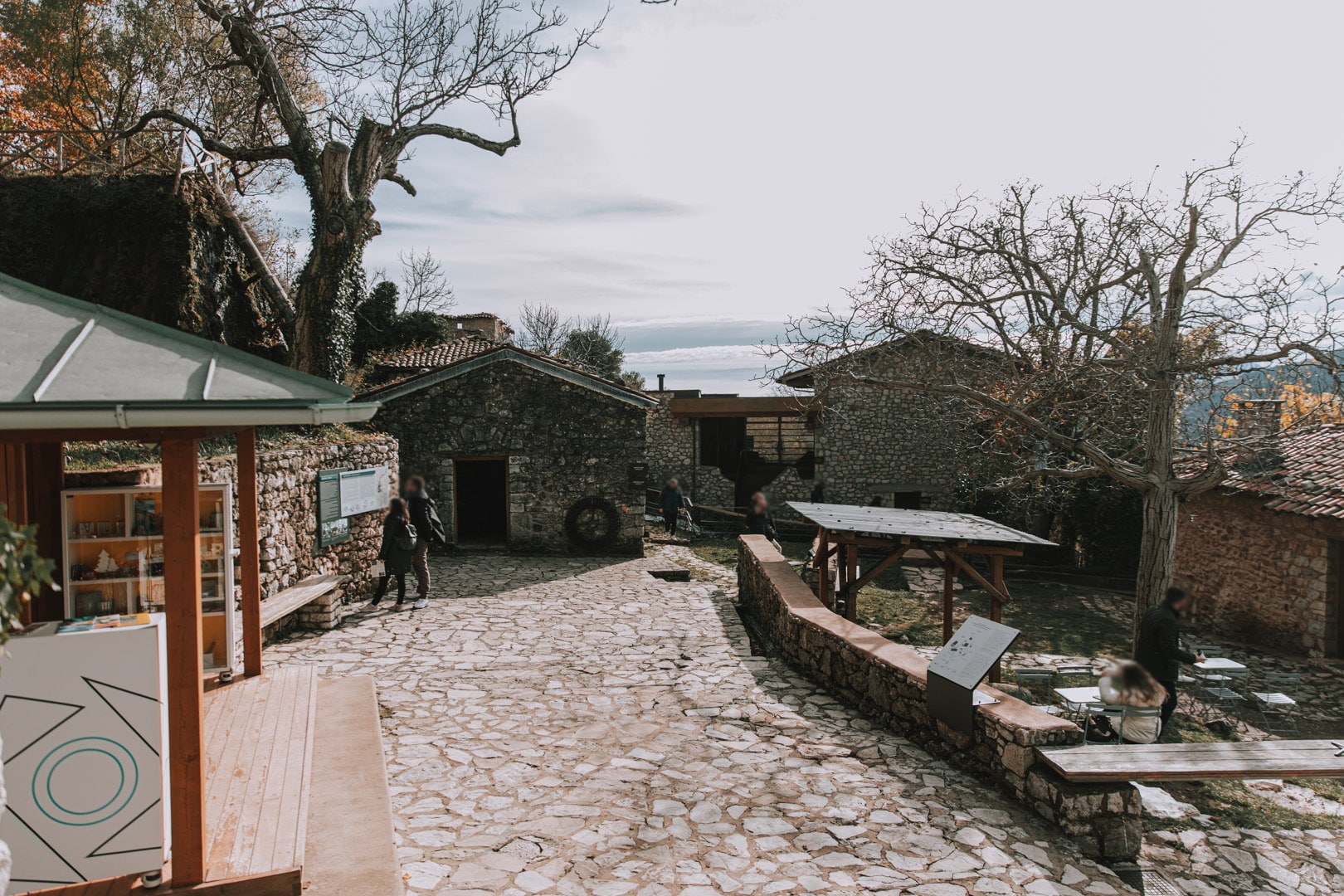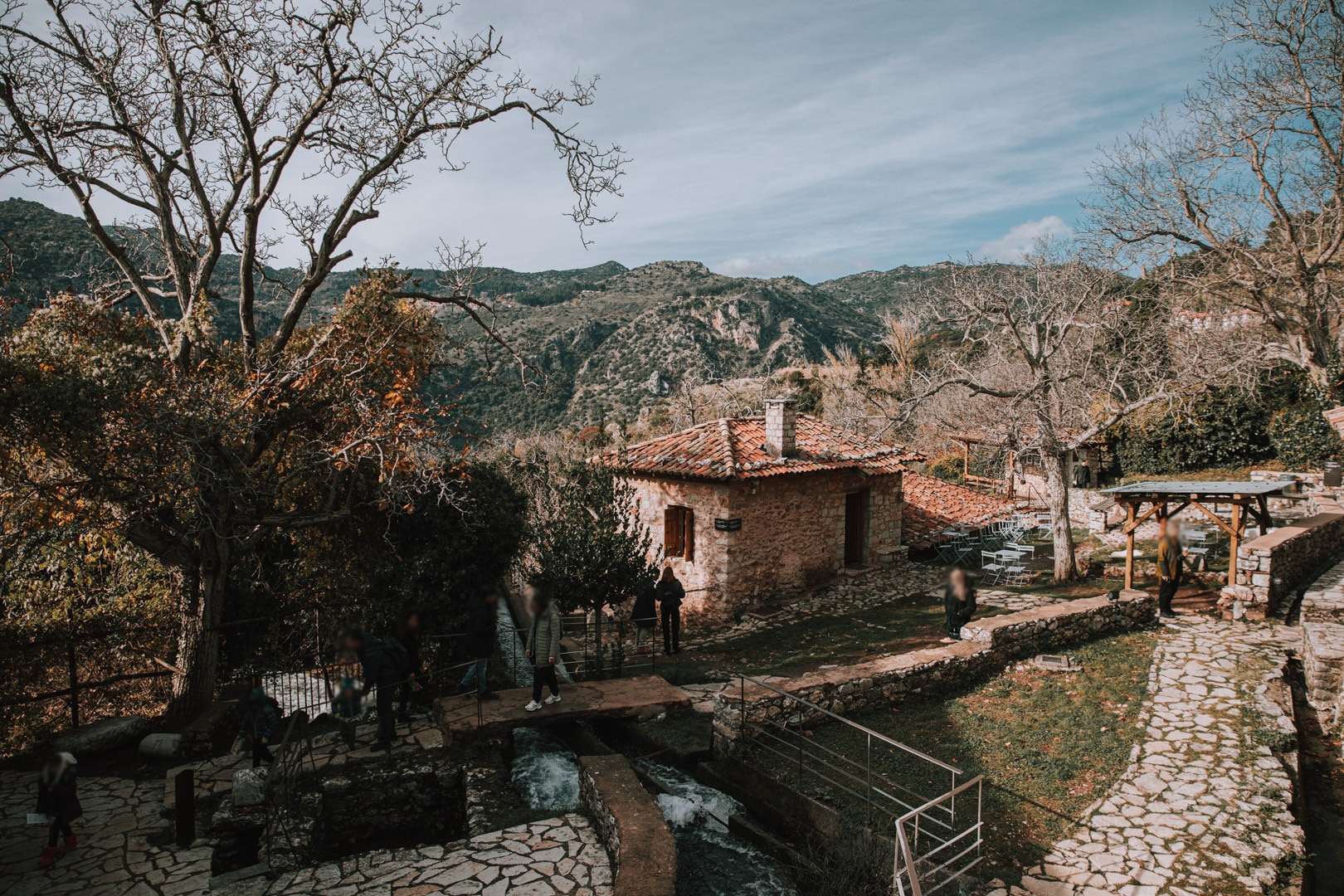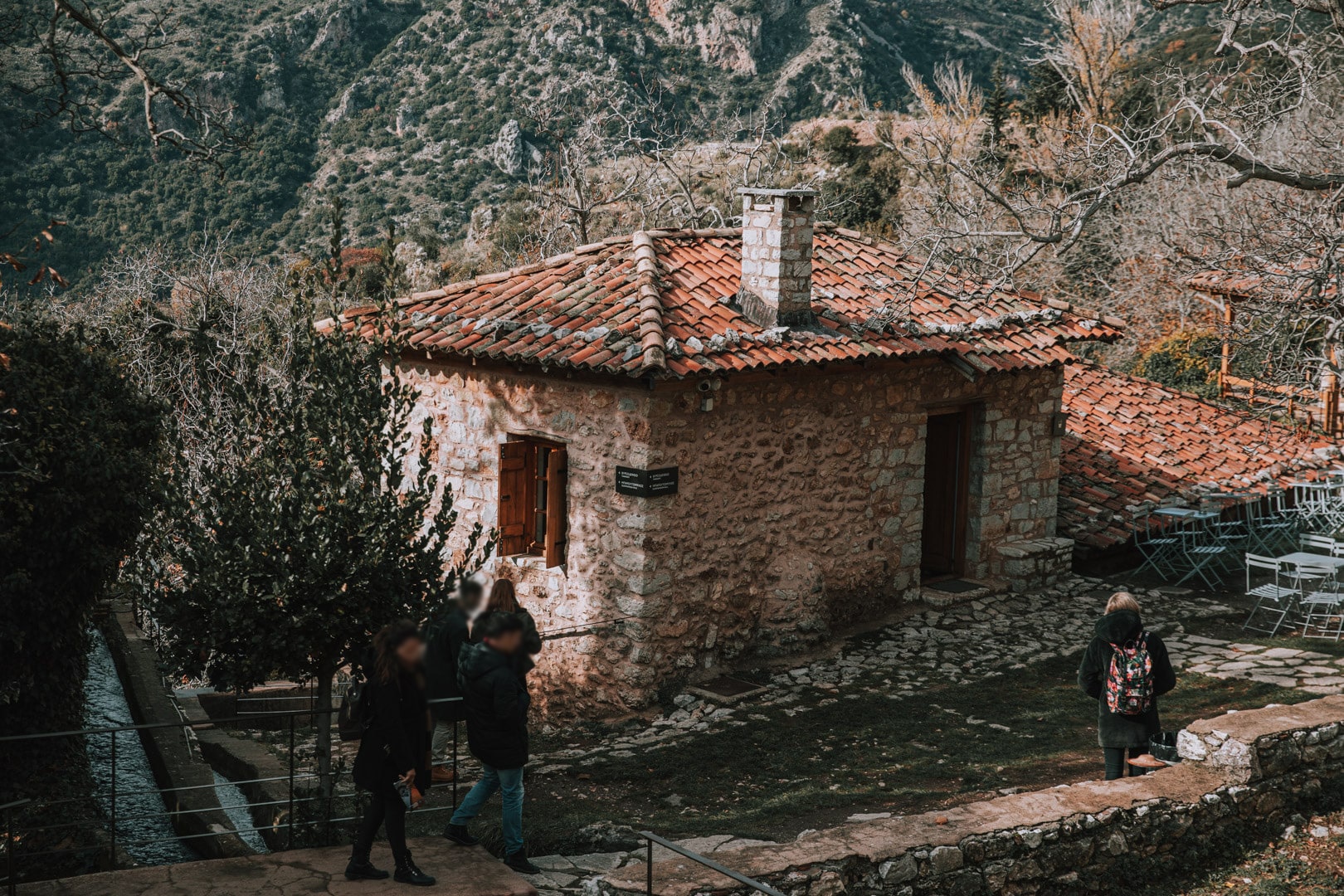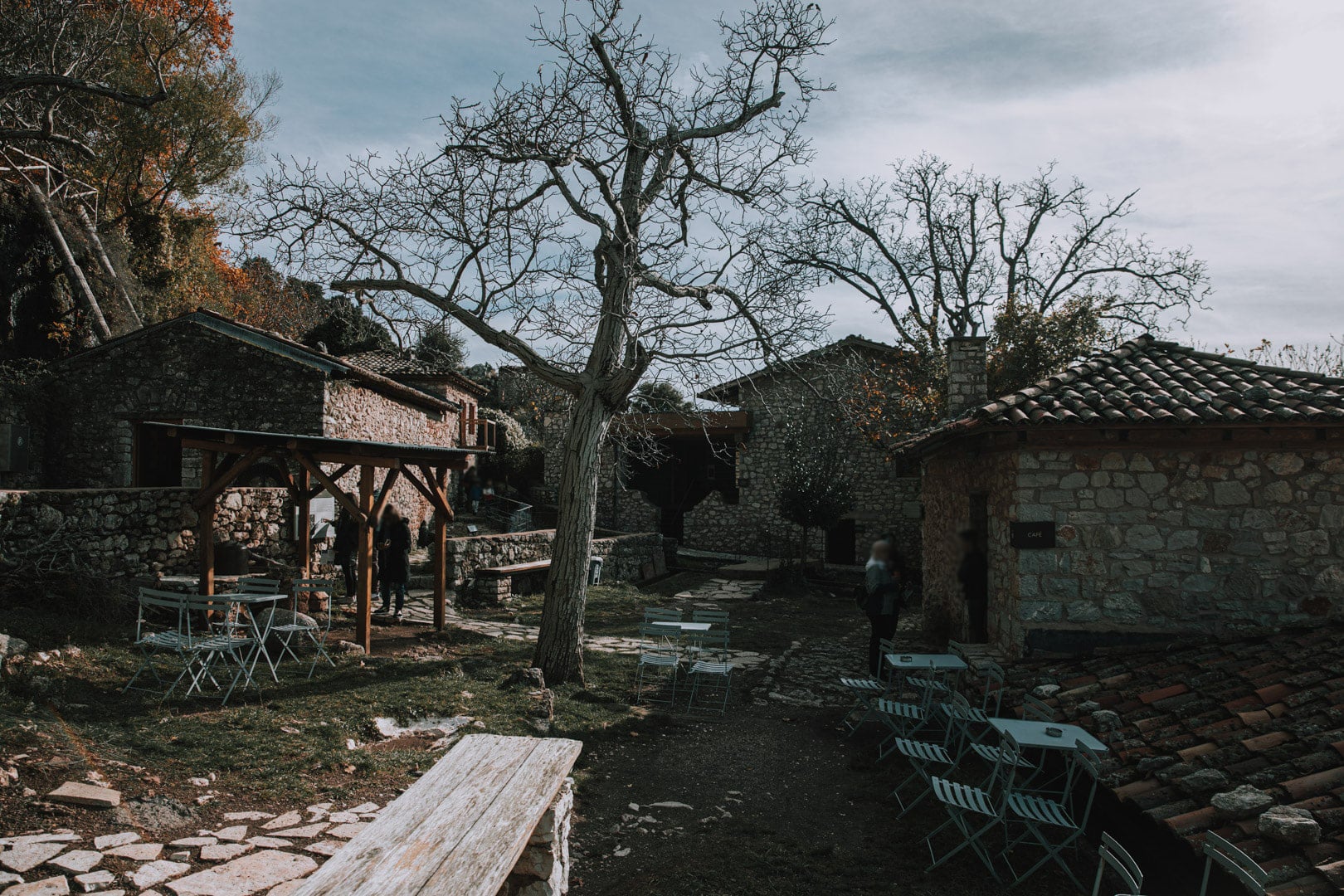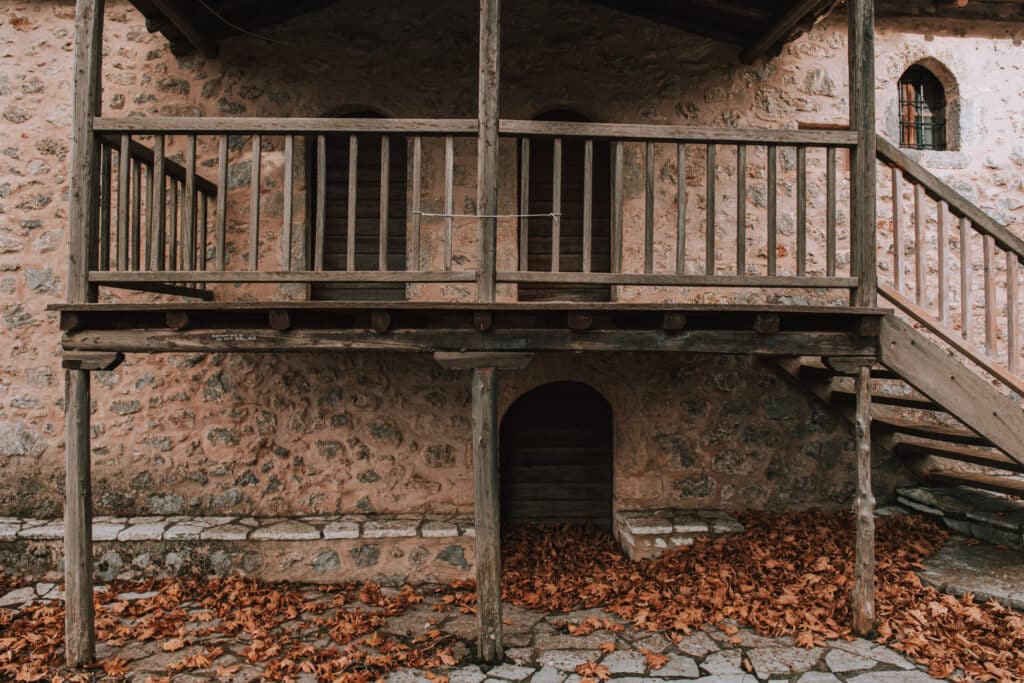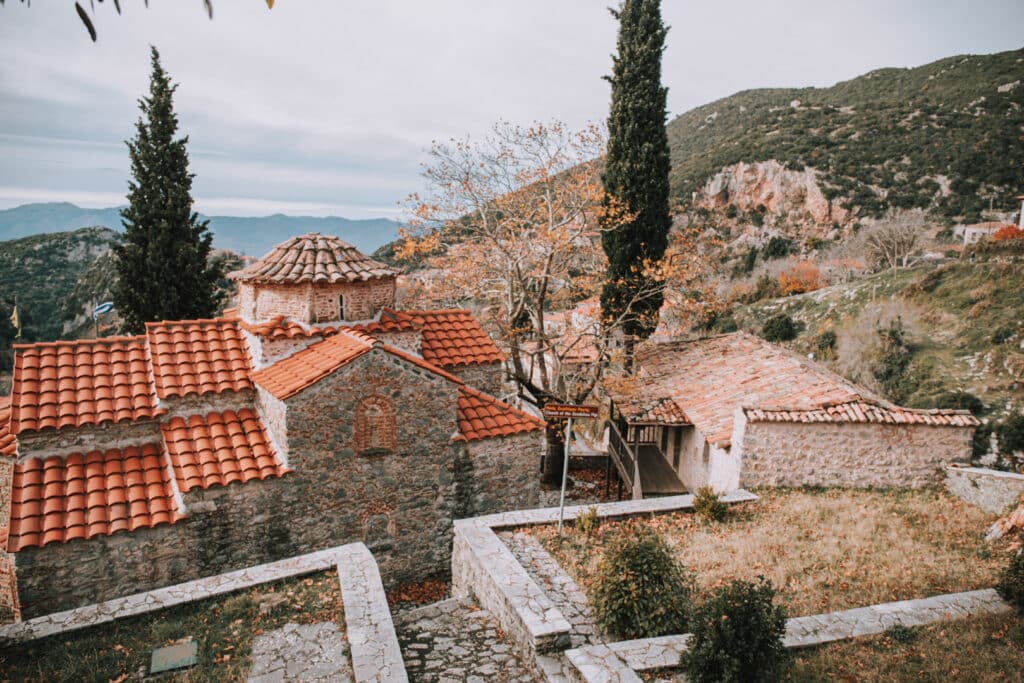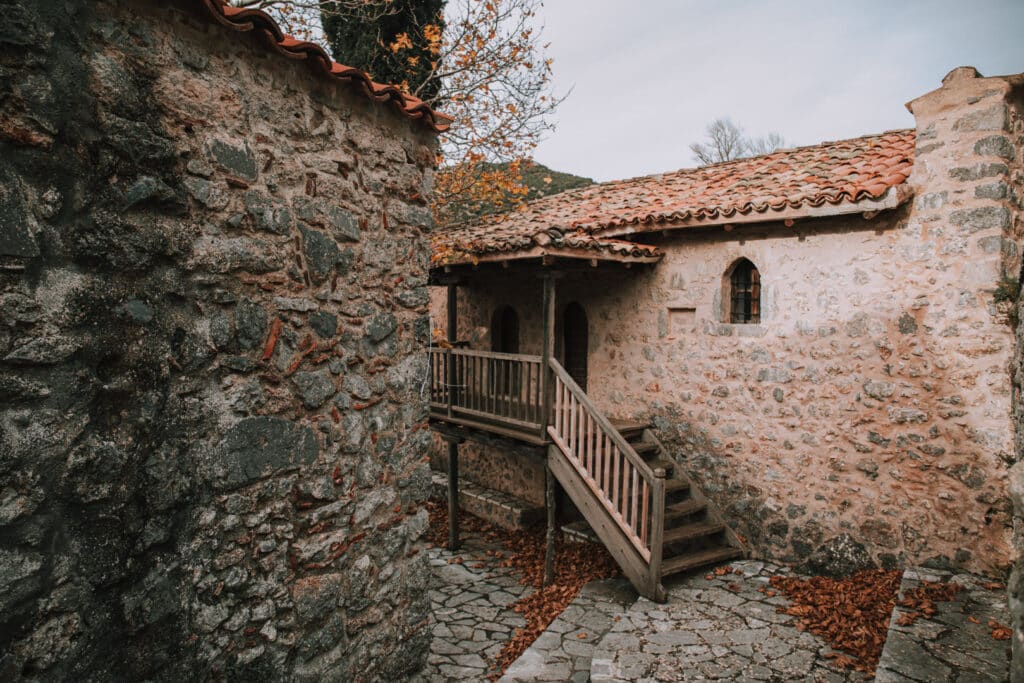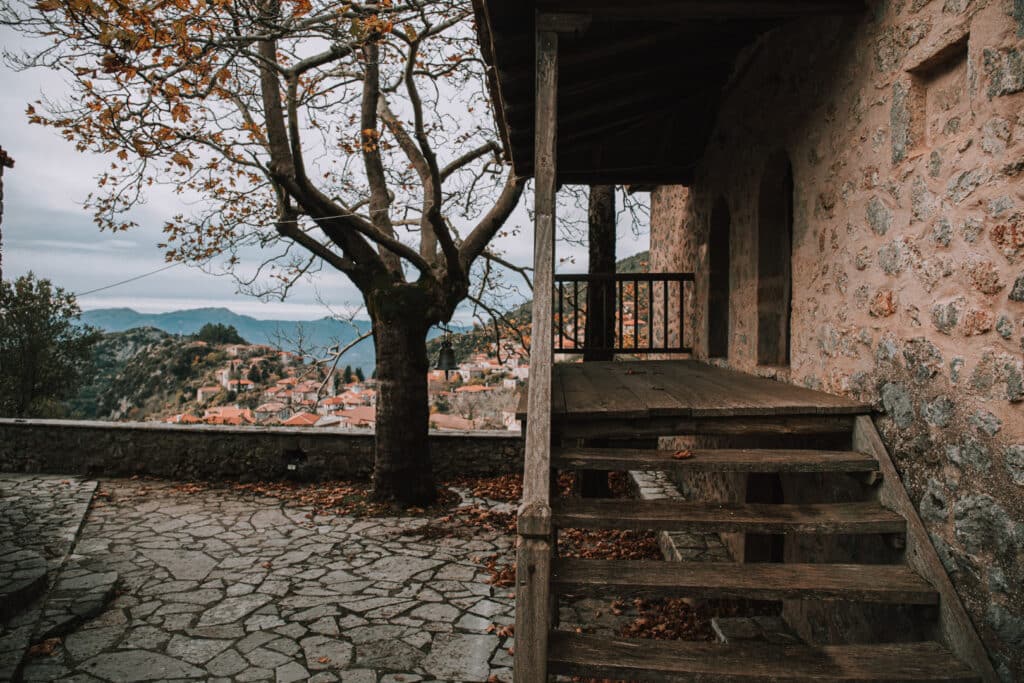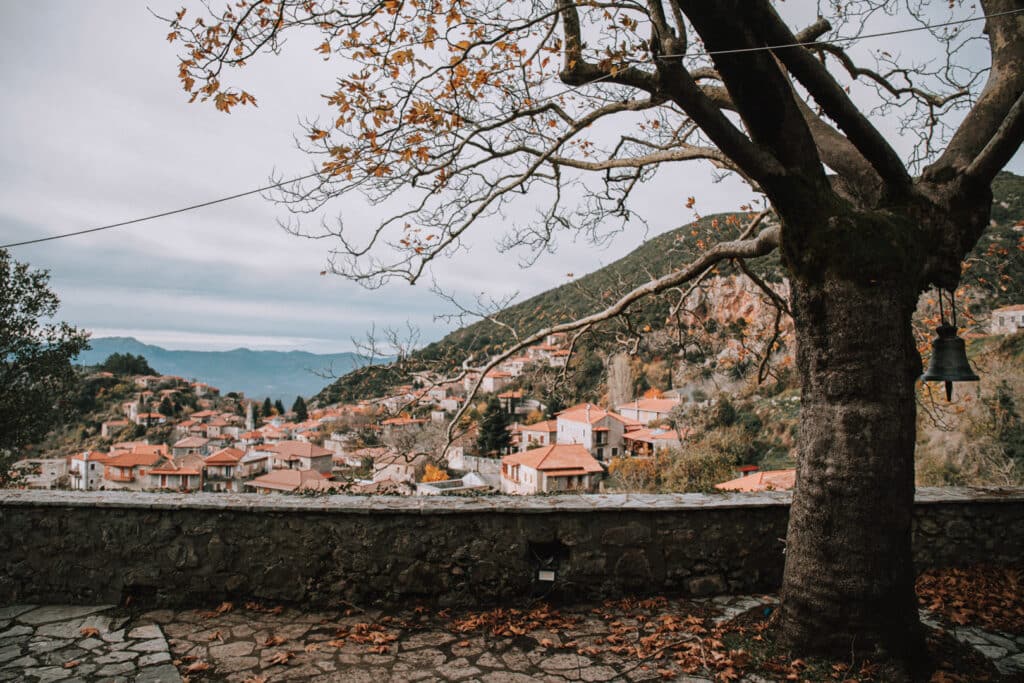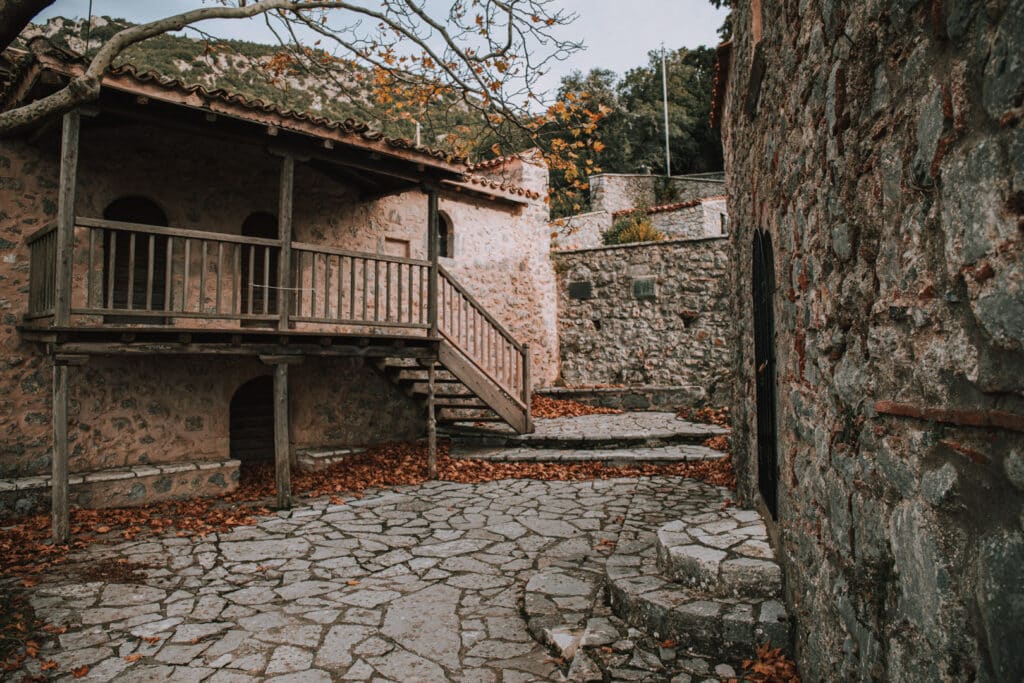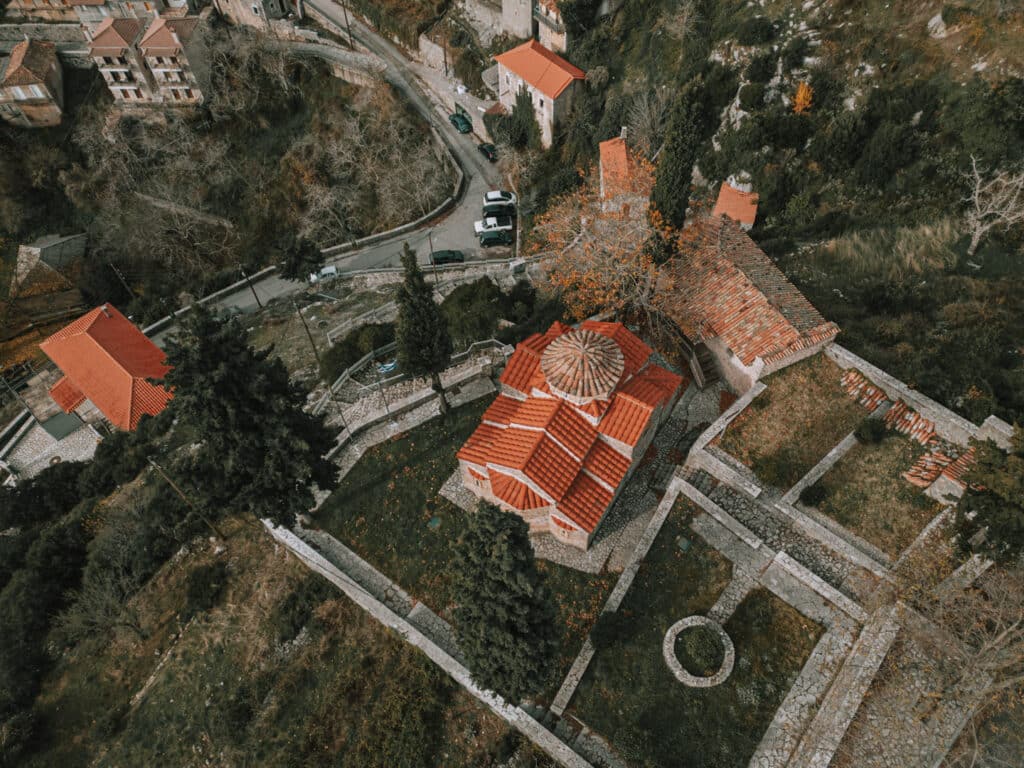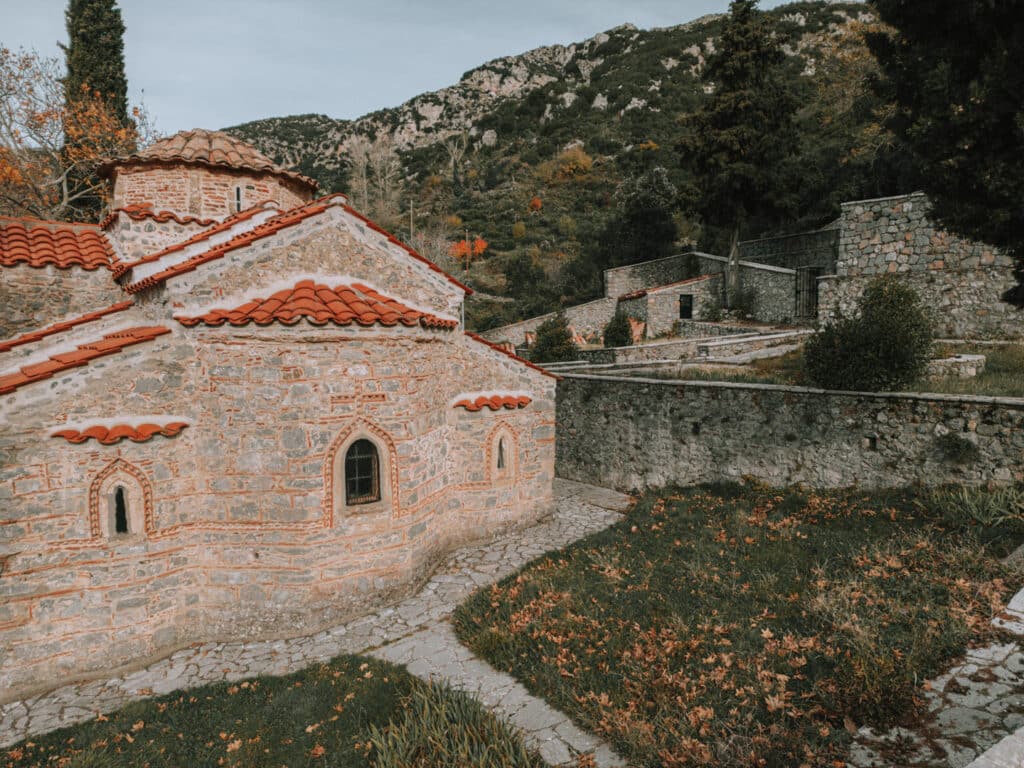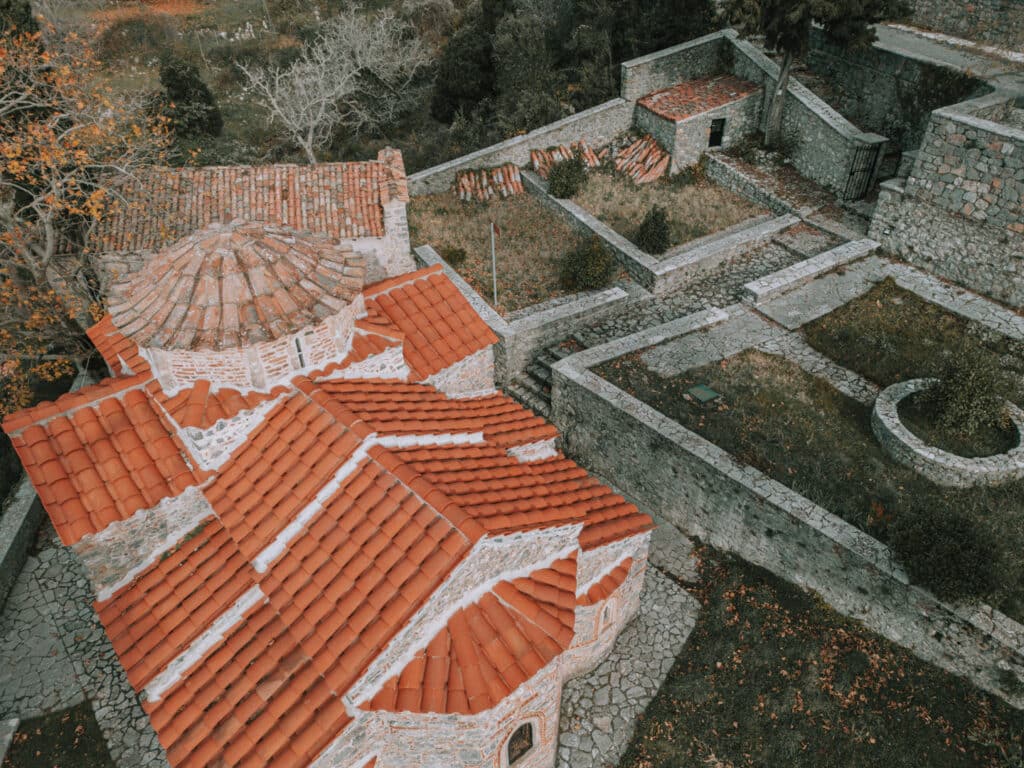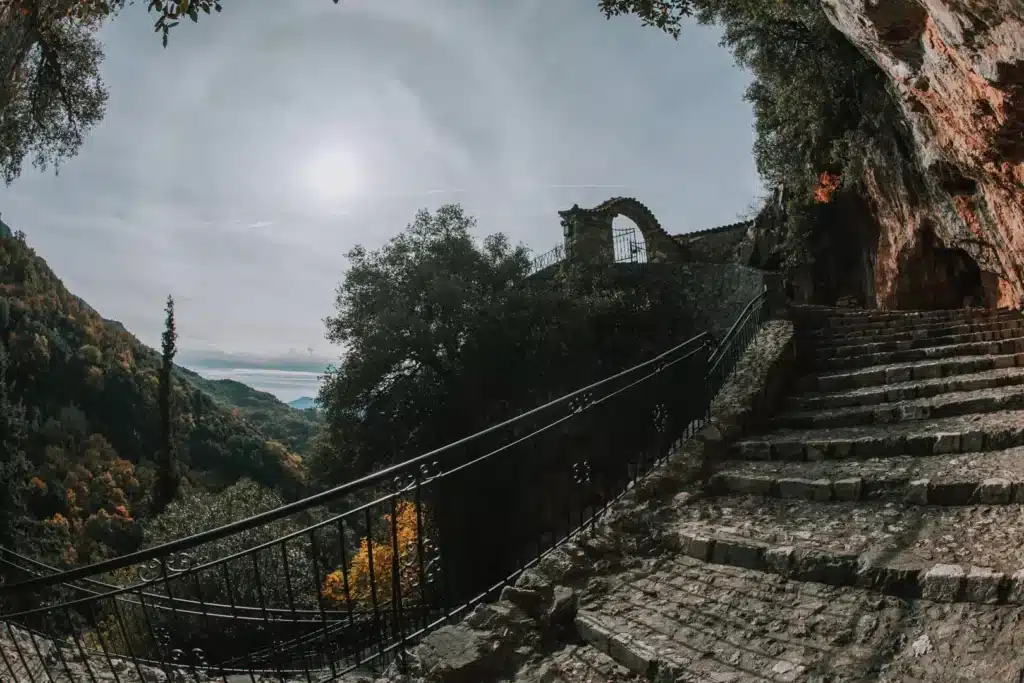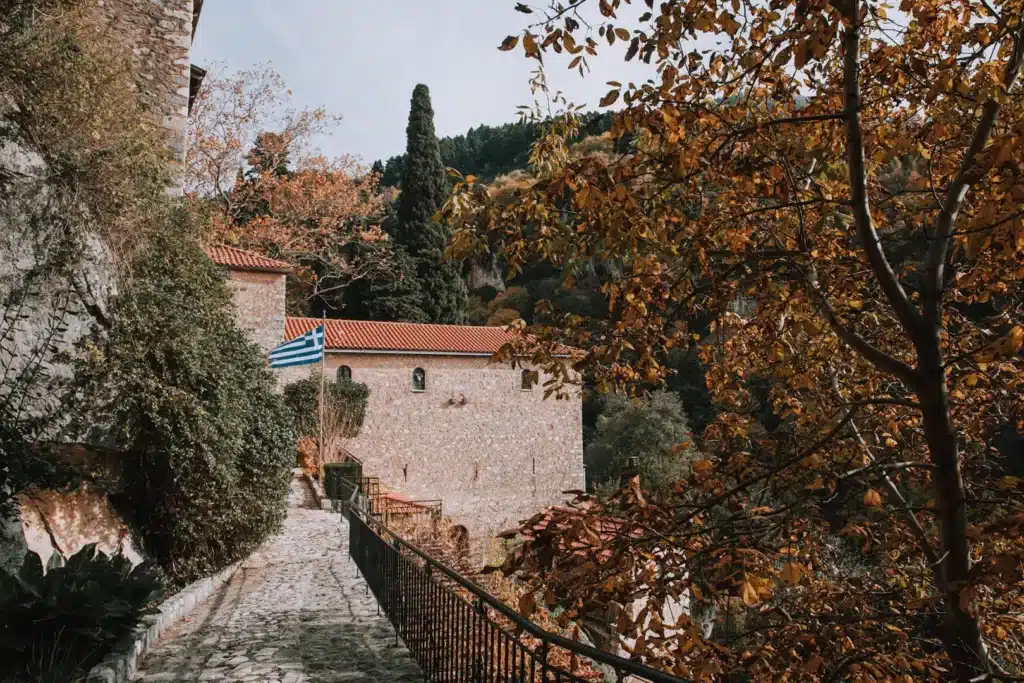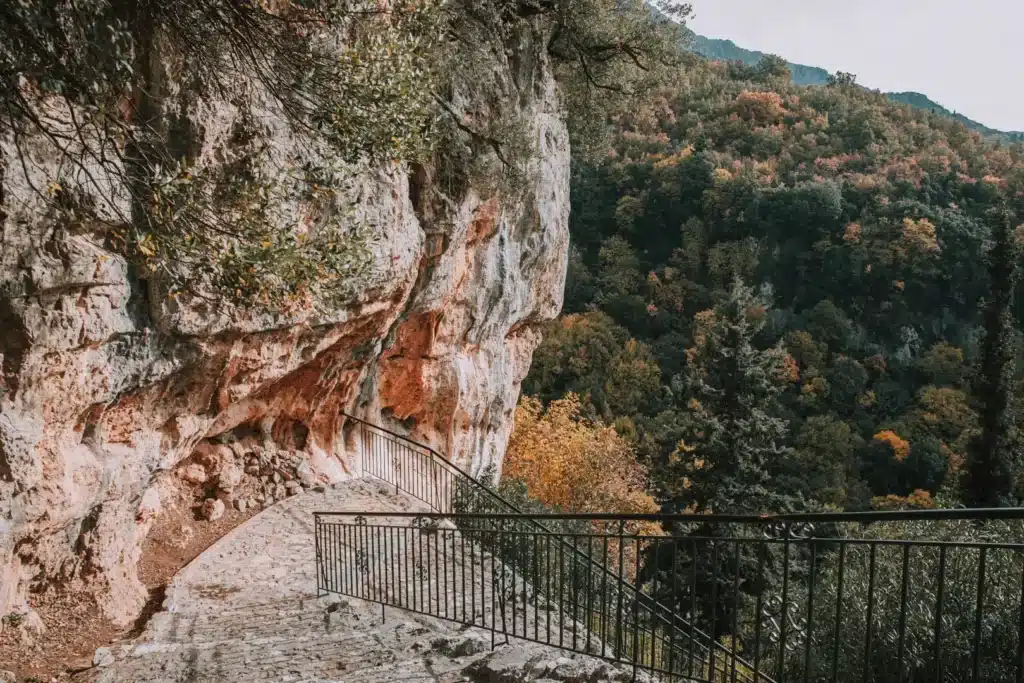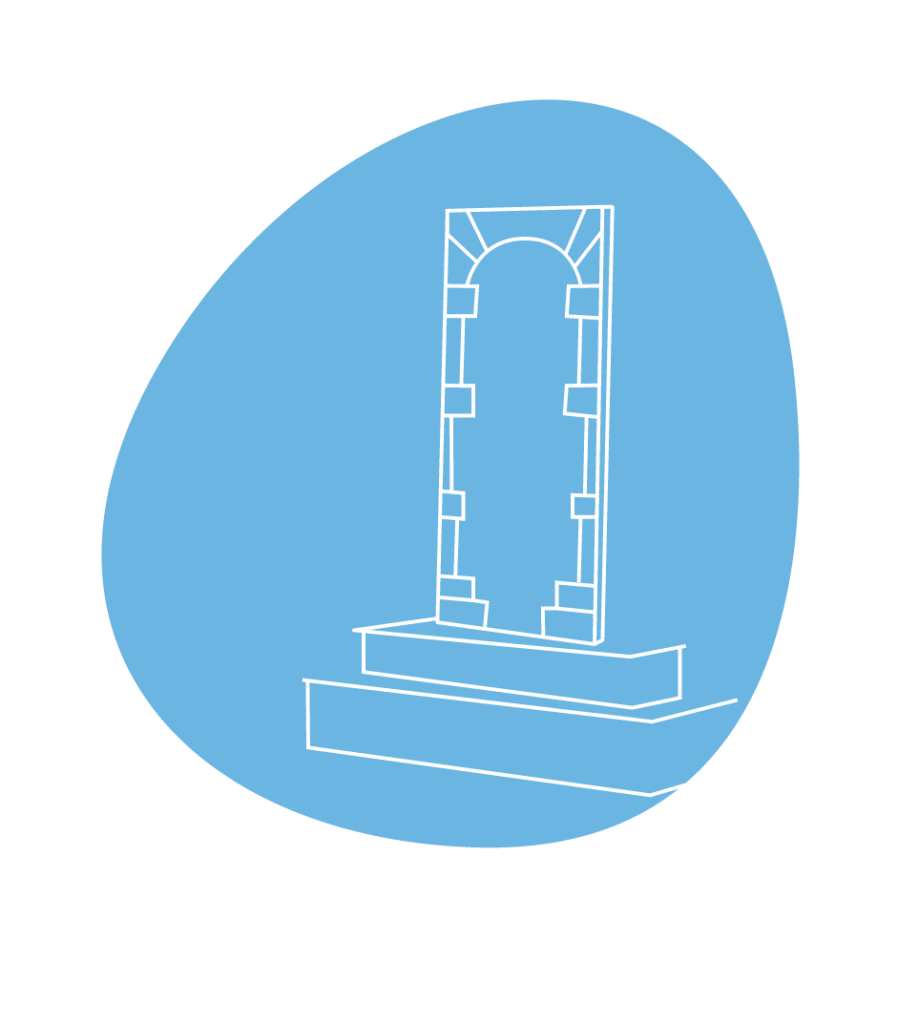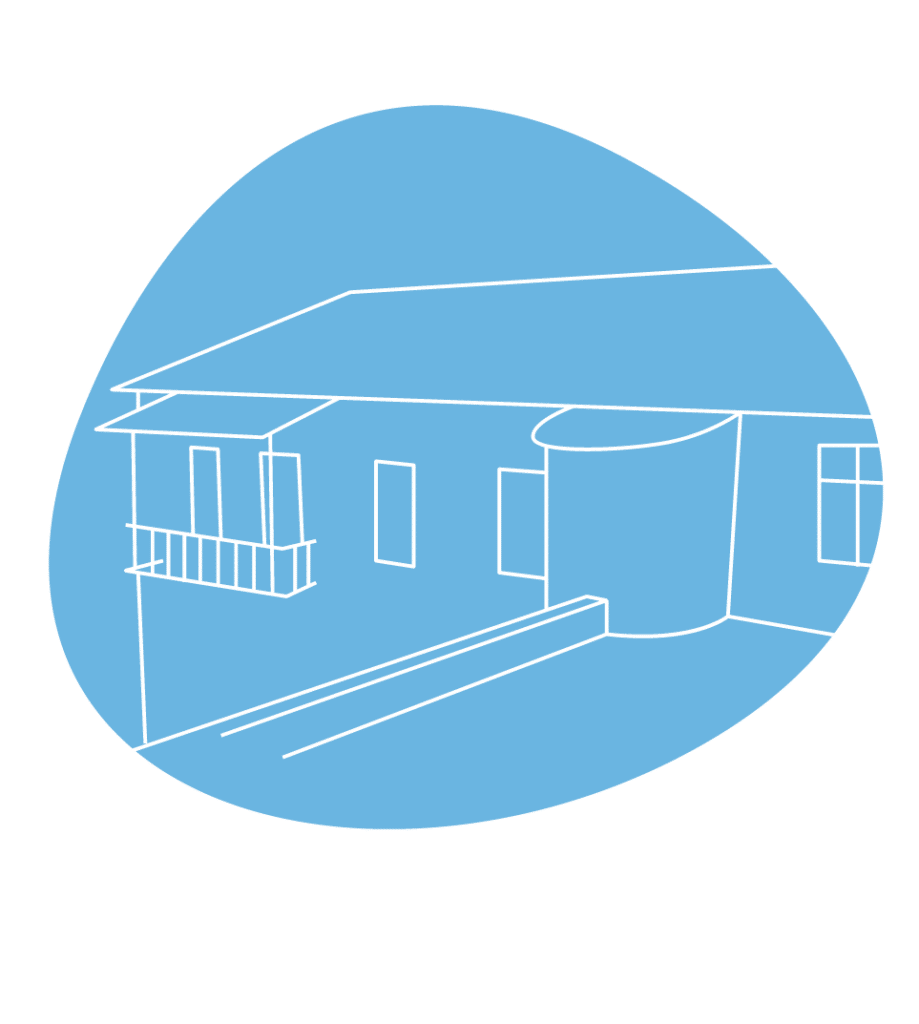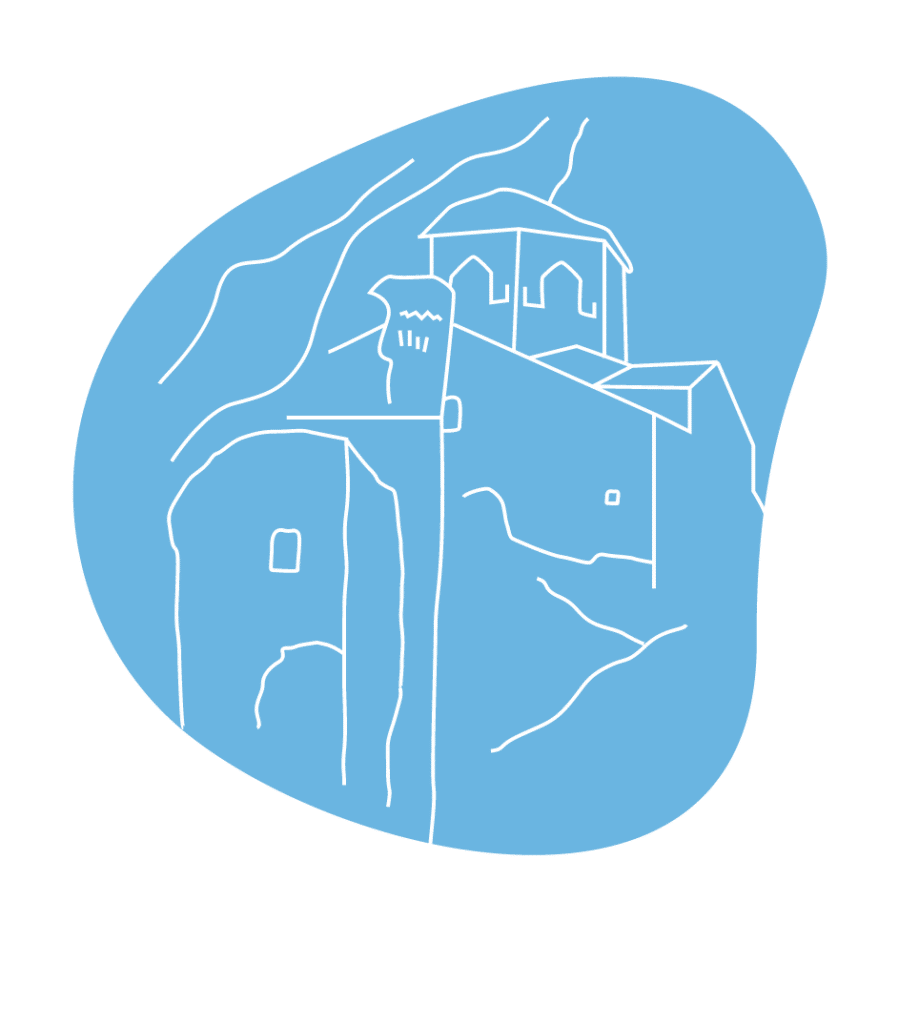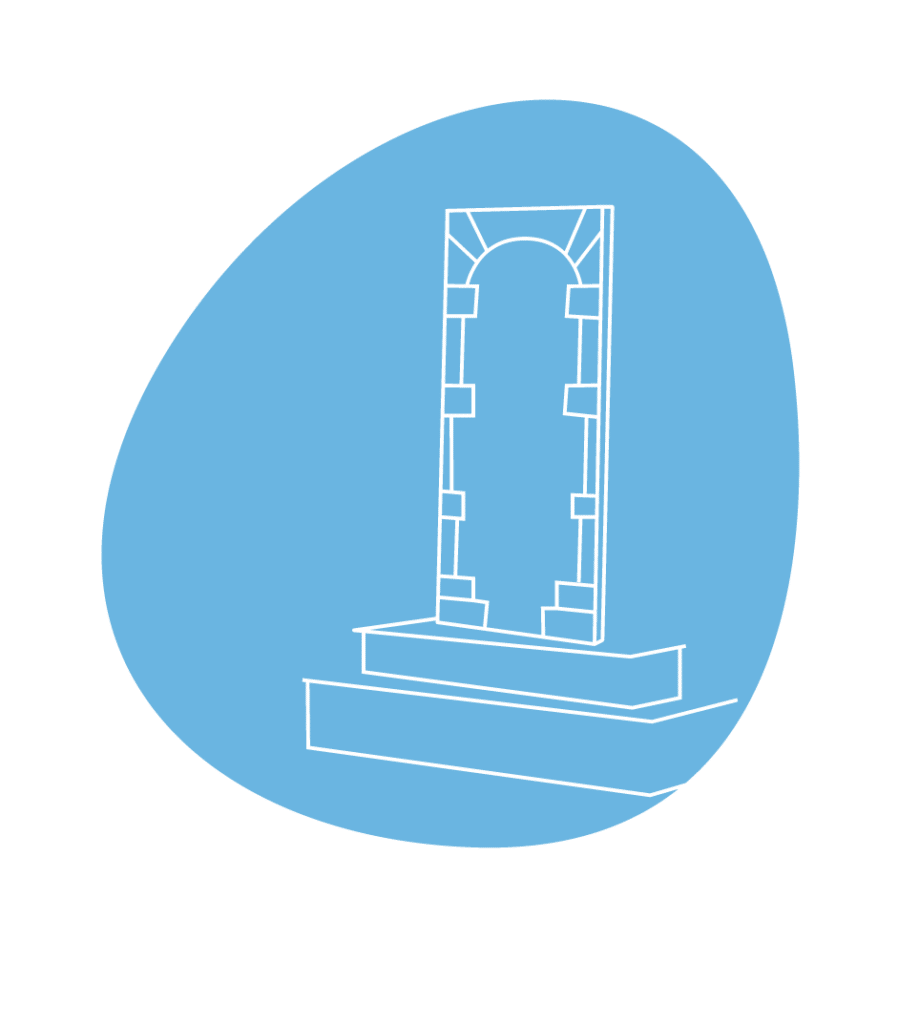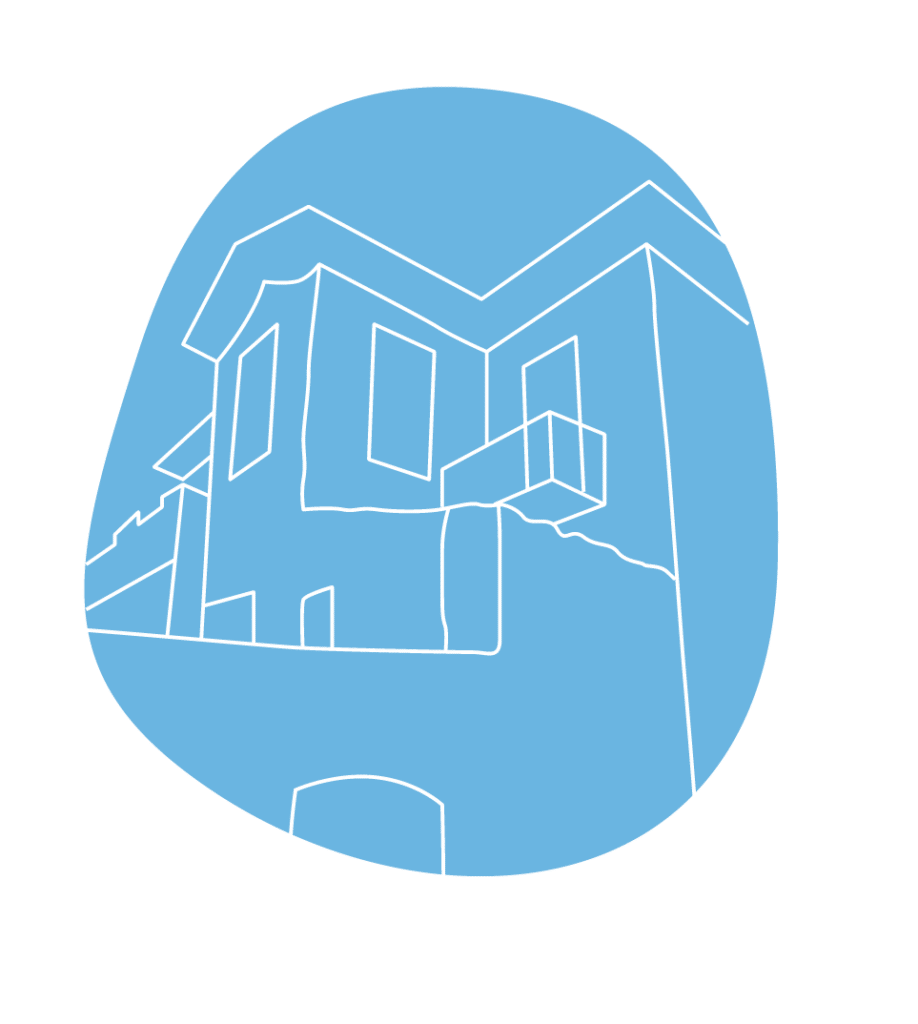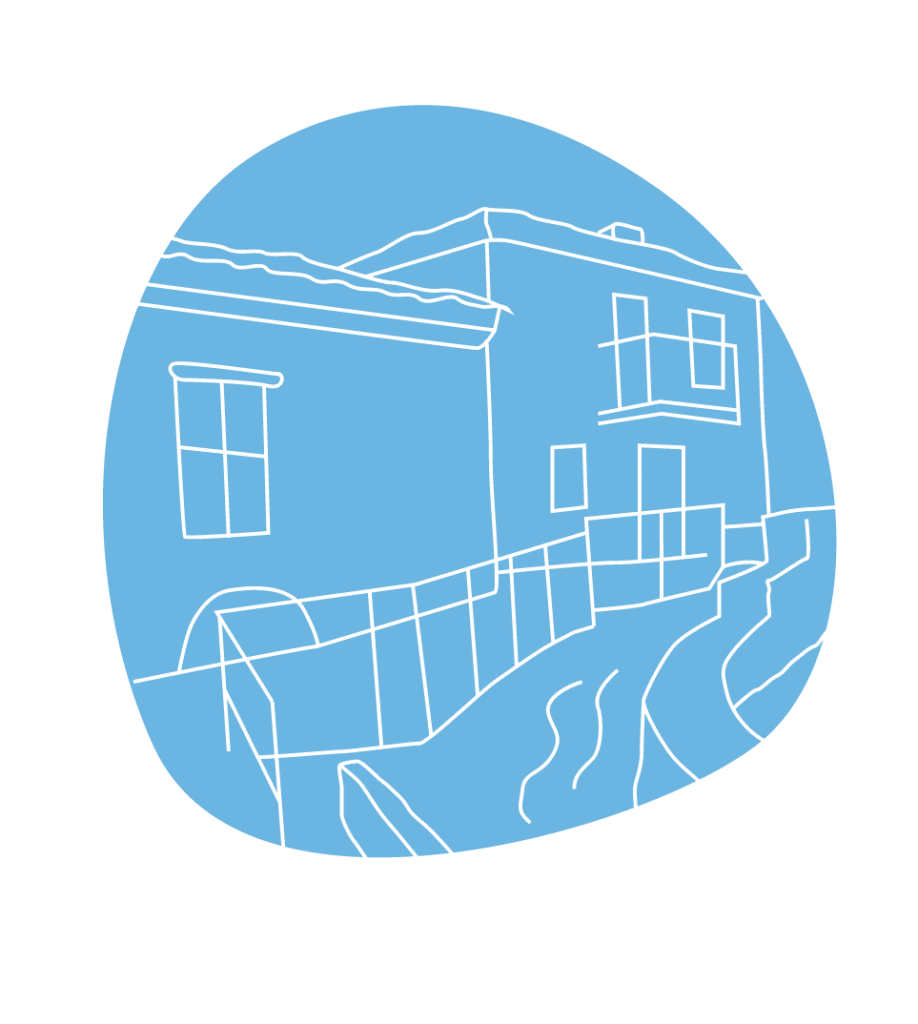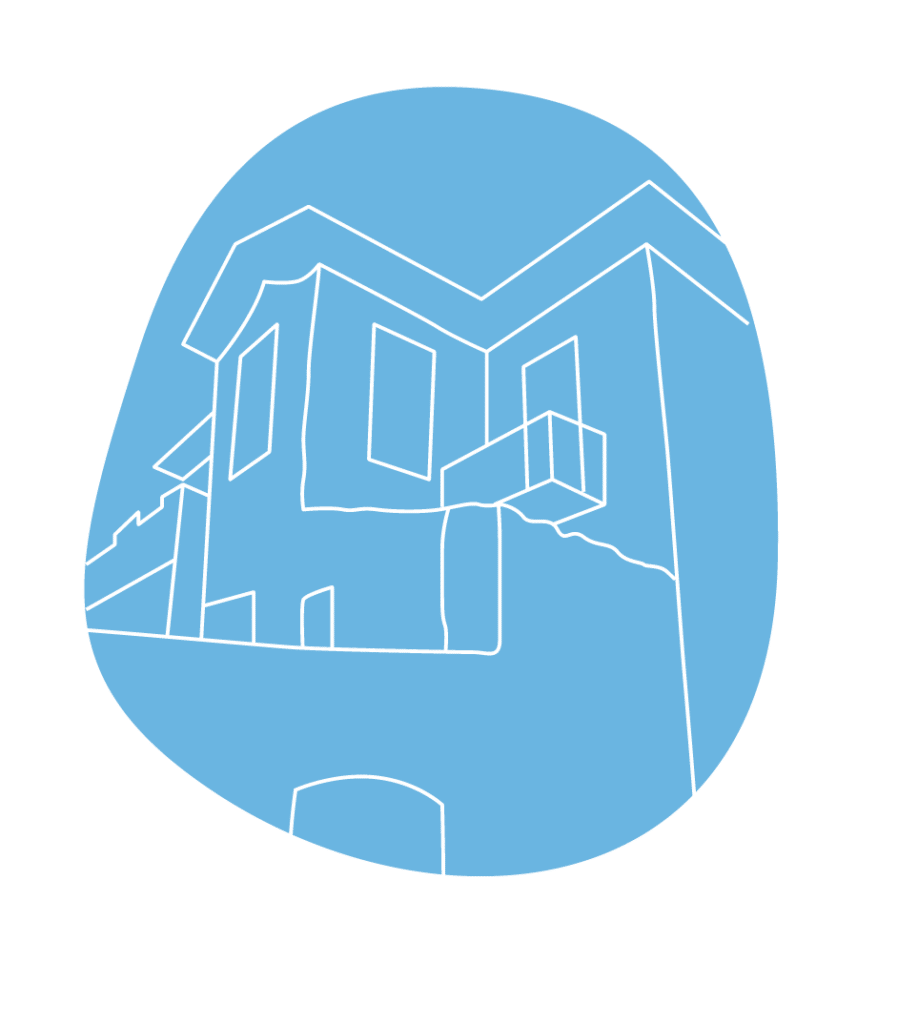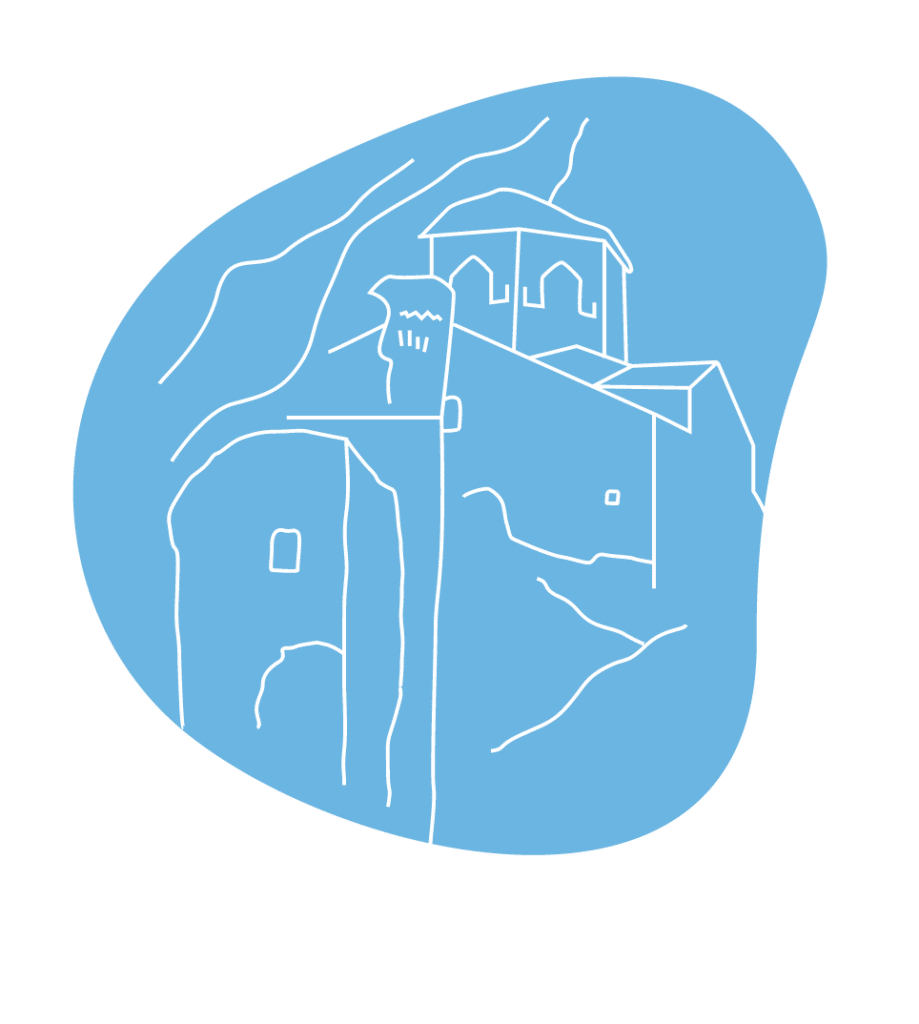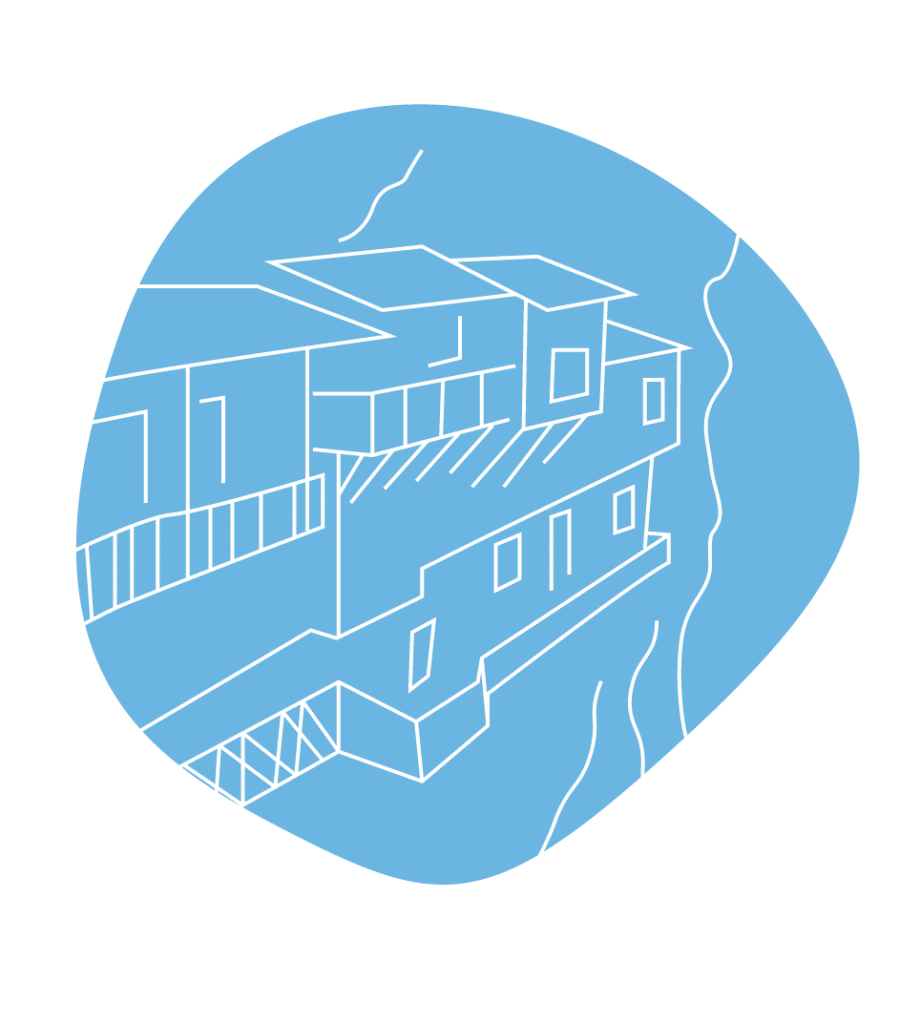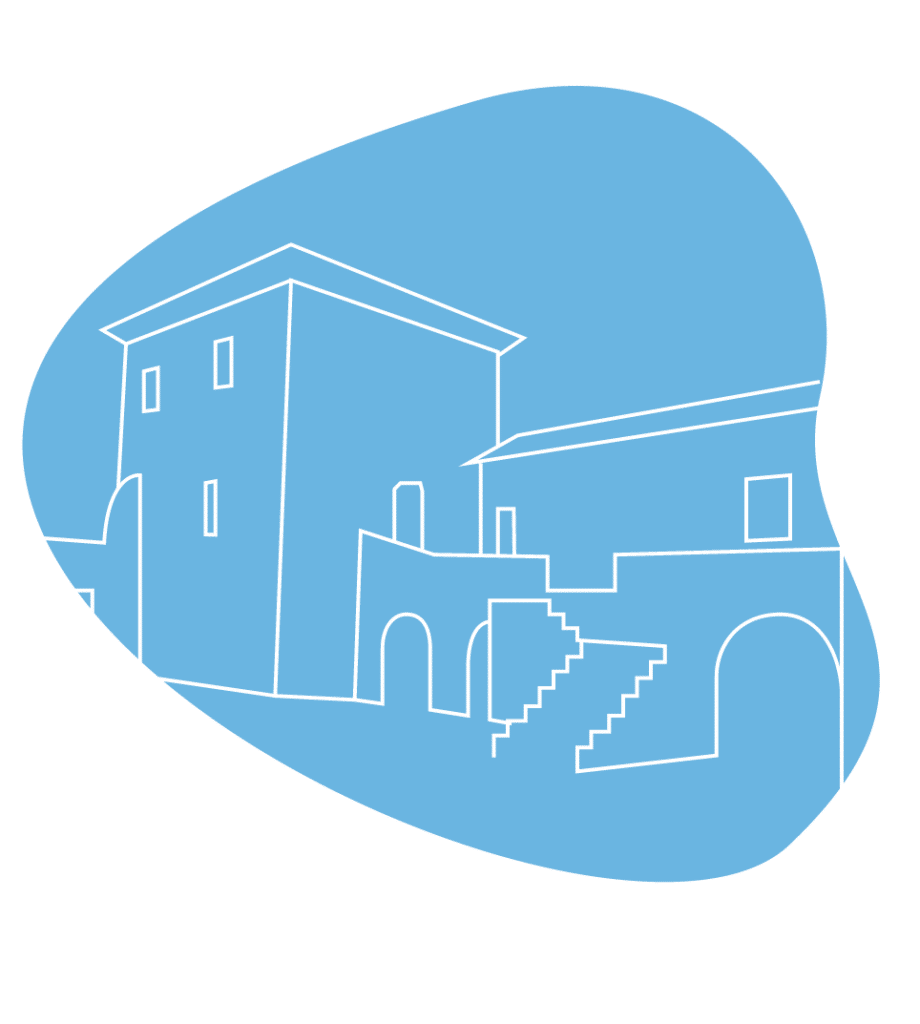The fulling mill and the flour mill, the still, the tannery and the gunpowder mill compose the pieces of a complete “puzzle” of tradition, which is housed in the Open-Air Waterpower Museum.
In a one-stremma area of dense vegetation and running water, which is only two kilometers from Dimitsana, the Museum offers a unique experience of knowledge regarding history and culture.
In a site of approximately one square kilometer, in the area Kefalari, Agios Ioannis, the operation of a craft complex during the pre-industrial era, which used water as a driving force, is revived.
Having been included in a special 2003 EU list of the 27 most successful projects in Greece co-financed by the European Union, with lots of visitors, and having been honored with the Europa Nostra award, the Open-Air Waterpower Museum in Dimitsana presents the basic pre-industrial techniques that used water as the main source of energy for the production of various basic products.
In an area of about one stremma, amidst dense vegetation and abundant running water, there are installations and water-powered mechanisms, which have been restored for the purpose of display in the museum. Each of the renovated buildings of the old traditional workshops has a permanent exhibition with thematic content related to the workshop.
Specifically, the first building housed a fulling mill and a flour mill. It is a fact that in the wider area of Dimitsana, until the middle of the 20th century, the inhabitants used about twenty indoor or outdoor fulling mills to wash their textiles (carpet, blankets, mattresses, etc.).
Right next door, in the restored flour mill with the horizontal paddle wheel, the visitor can drop corn seeds into the skimmer and watch the grinding of the fruit that falls into the flour hopper after being processed by the millstones. The adjacent room, which has a fireplace, was the miller’s house.Outside the flour mill, the visitor will find the still, which was placed outdoors after the harvest for the production of tsipouro from the grapes.
Further along the route, you will come across a two-story building, which houses the tanner’s residence on the upper floor and the tannery on the lower floor, while the interior of the workshop is divided into “zones” that correspond to the various stages of leather processing.
Finally, the stone-paved path leads to the lower level of the museum, to the gunpowder mill with the vertical paddle wheel, a trademark of the area. Dimitsana was one of the many villages that, since the 16th century, already knew how to collect impure nitrate (gunpowder), which the inhabitants provided to the Ottomans in return for a tax.
During the Revolution of 1821, the inhabitants of Dimitsana were active in the manufacture of gunpowder to supply the warriors with war material. Theodoros Kolokotronis characteristically writes that “We had gunpowder, Dimitsana made it”.
In this context, gunpowder is a strong element of the cultural identity of the region that is preserved through the memories and narratives of its inhabitants. This cultural identity of Dimitsana is highlighted by the museum as another time machine, presenting a type of gunpowder mill with pestles that moved with the help of the impeller and pounded the raw materials required for the manufacture of gunpowder into a mortar.
This technique of gunpowder production, which is represented in the Museum, was preserved in Dimitsana during the years of the Revolution until the beginning of the 20th century, while it had stopped in the rest of Europe since the 18th century.
Διαδρομες
Ιερά Μονή Ζωοδόχου Πηγής Στεμνίτσας
Το γραφικό και ιστορικό χωριό της Δημητσάνας αποτελεί βασικό θεματοφύλακα ιστορικών και λαογραφικών παραδόσεων του ελληνικού γένους. Στη βιβλιοθήκη της, εκτός από τα εμπλουτισμένα με 35.000 τόμους βιβλίων ράφια.
Αρχοντικό των Δεληγιανναίων
Το οίκημα δεσπόζει στον Πάνω Μαχαλά του ιστορικού χωριού Λαγκάδια, το οποίο, εκτός από σημαντικούς χτίστες, χάρισε στην Ελλάδα την περίφημη οικογένεια των Δεληγιανναίων, προεστών του Μοριά πριν από την Επανάσταση. Από την οικογένεια Δεληγιάννη προήλθαν και δύο Πρωθυπουργοί στα χρόνια μετά την απελευθέρωση.
Dimitsana Historic Public Library
The picturesque and historical village of Dimitsana is a key depository of historical and folklore traditions of the Greek nation. In its library, apart from the shelves enriched with 35,000 volumes of books, the visitor can also admire important relics and memorabilia from various moments of the glorious past.












